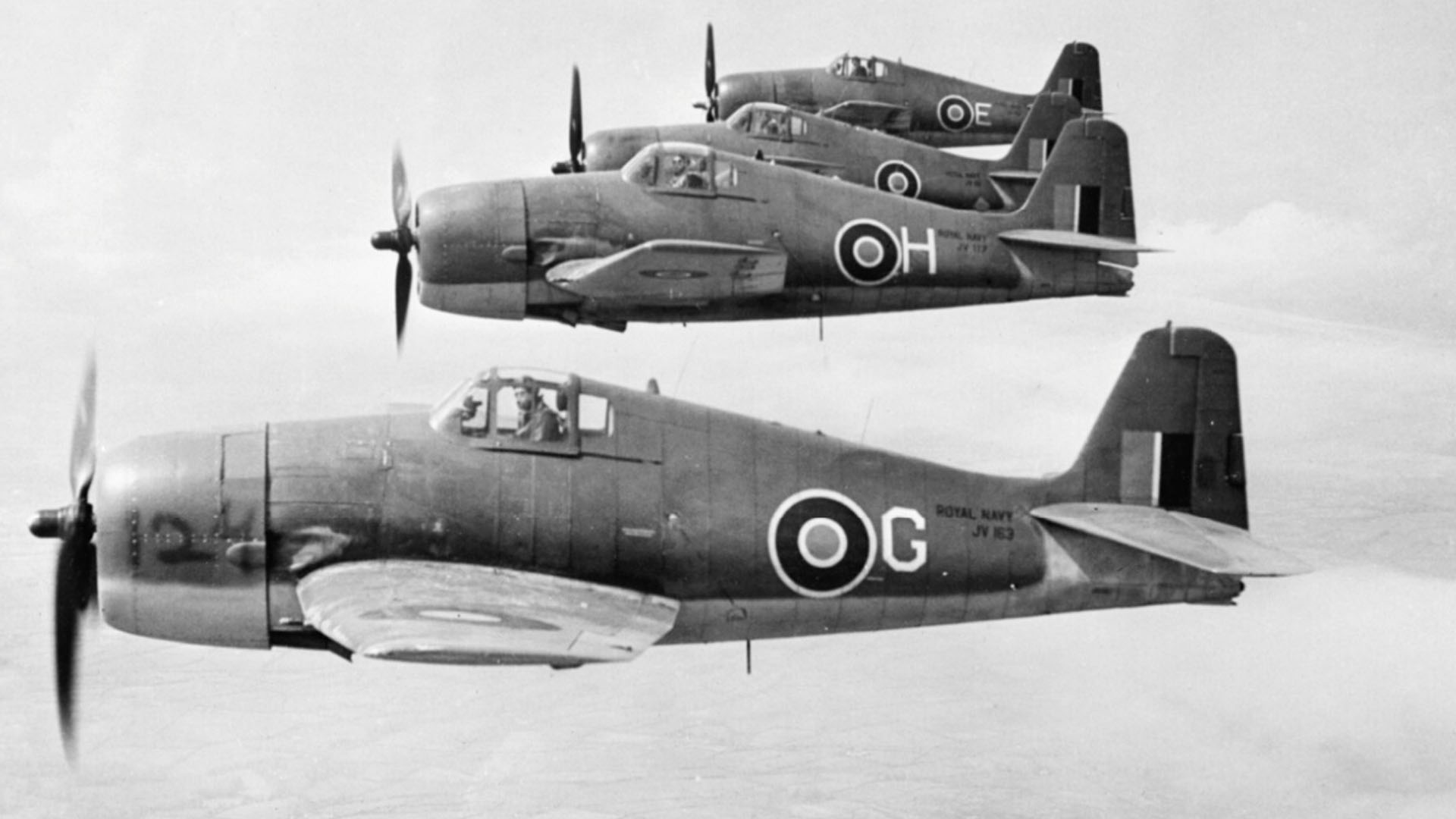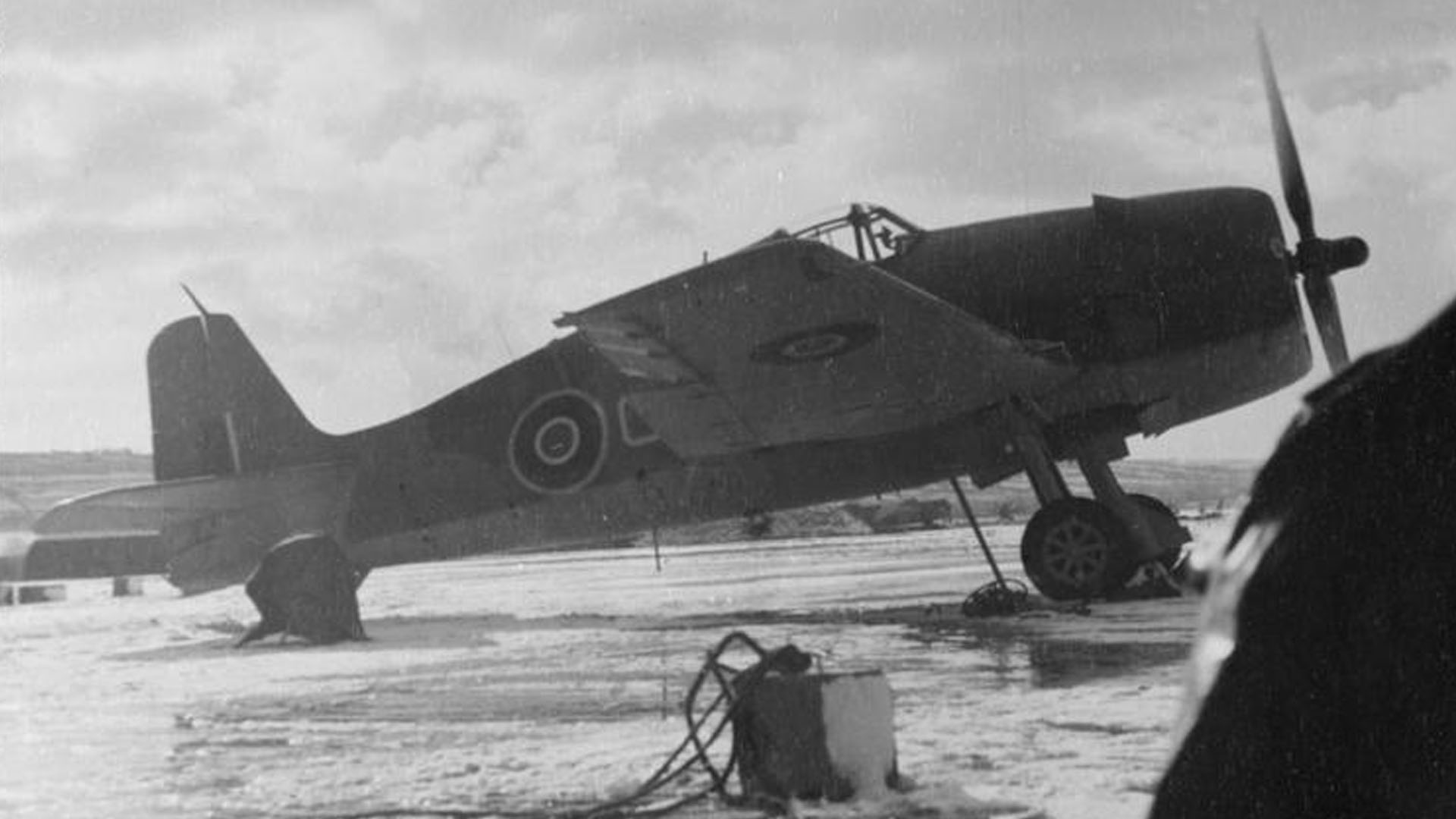Flying Officer Erick Hendrik den Hollander served in the Royal Netherlands Navy Air Service. Born in Bandung, Java on 29th September 1922, Erick was one of twin brothers. Then, Bandung was part of the Dutch East Indies. The country ceased to exist from 1942 after Japanese occupation during the Second World War. Today, the island of Java makes up part of modern-day Indonesia.
On 21st July 1935, Erick sailed with his father Hendrik Gerrit den Hollander and brother Paul Willem den Hollander from Sabang, Java. The ship Sibajak was bound for Rotterdam and they returned on 3rd April 1936. Neither his mother Magdalena (née Brugman) or his sister Jenny Caroline den Hollander made the trip to the Netherlands.
Den Hollander’s family suffered greatly during the Second World War. The Japanese took his mother, sister, and twin brother captive and held them in a prisoner of war camp on Java. Both Erick and his father were airmen and secured an escape with other pilots from the island. First, they travelled to Australia and then onwards to the United States of America.
Den Hollander in Northern Ireland
Eventually, the young pilot Erick den Hollander would make it to Northern Ireland. His base was RNAS Eglinton, Co. Londonderry where he flew with No. 1847 Squadron of Fleet Air Arm.
Fleet Air Arm 1847 Squadron formed at Eglinton in February 1944. They suffered more than most while stationed in Northern Ireland. The group, formed mostly of young Dutch pilots, lost almost half their men to training incidents over a three-month period in 1944. Retrospective accounts suggest their commanding officer, Leading Aircraftman H Colville-Stewart, pushed the inexperienced pilots too hard resulting in several accidents. With a depleted force in May 1944, 1847 Squadron was absorbed into 1840 Squadron also based at Eglinton.
Grumman Hellcat Crash at Loughmagarry
Erick was fatally wounded on Friday 28th April 1944 when his Grumman Hellcat Mk I FN390-M plummeted to the ground in Co. Antrim. Marbeth Wilson has kindly supplied the story of his accident at Loughmagarry. Marbeth is the daughter of James McCarroll who was a seventeen-year-old boy when his family ran the farm to the north of Ballymena, Co. Antrim.
James and his friend Sam Gaston recounted the memorable events of 28th April 1944. On a training exercise early in the morning, a group of Hellcats had been flying in formation. Den Hollander’s plane flew to between 24,000 and 26,000 feet where reports suggest it hit an air pocket. The pilot’s air supply failed and he would have been helpless in preventing the accident which followed.
Some accounts detail his plane dived into the sea, but the crash site just three miles north of Ballymena is not on the coast. The stricken Hellcat plane struck the family farm of the McCarroll family farm at 74 Loughmagarry Road, Ballymena, Co. Antrim. In 1944, this was known as The Old Coach Road.
The following details are from the McCarroll/Wilson family archives. Lizzie McCarroll, son Tommy (16) and daughter Jean (15) were hard at work on the farm on the morning of 28th April 1944. Head of the family, Robert, was not at home as it was market day in the nearby town. The skies were clear and blue, the stillness interrupted only by the familiar sound of plane engines. The rural tranquility would be shattered shortly after 1030hrs
The Grumman Hellcast piloted by Erick den Hollander plummeted straight towards the farm. Narrowly missing the house, it came down in a cornfield across the road. The undercarriage smashed into the hayshed roof, only 20 feet from the family home.
James McCarroll (17) was at work when he heard the convoy of planes pass overhead. He was employed in a clerical capacity at the HM Victualling Depot, Dromona. The farm was only four miles away. As the group of aircraft passed overhead, James heard two high-pitched, short, sharp whines, one after the other. Then silence. He knew one of the planes was in trouble.
Around 1100hrs, the staff supplies van returned to Dromona from Ballymena. The driver and his helper confirmed a plane had come down. They had followed the smoke trails and described the crash site. James recognised the location instantly and was given permission to leave work and cycle home.
A scene of destruction
A police officer greeted James at the scene, stopping him from going any further towards the farm. Plumes of smoke rose from the cornfield and ammunition exploded from within the wreckage. The McCarroll son explained it was his family’s home and he needed to make sure everyone was safe.
The Royal Ulster Constabulary officer told James to leave his bike, keep to the other side of the road and keep sheltered by the hedge that ran along the potato field. He found the rest of the McCarroll family shocked but unharmed.
The first responding fire brigade arrived from nearby Ballymena. They used water from the farm’s well but this source was quickly exhausted. Neighbours ran with buckets of water attempting to put out the spread of fires. Before long, Air Force personnel arrived and the crash site was sealed. The American military fire brigade arrived from their station in Toome. They doused the remaining flames with water and foam.
The Air Force recovery team found Erick den Hollander’s body in the field behind the house. He had been badly burned in the fatal incident. His wallet and identification was retrieved from his flying jacket. Den Hollander’s body was wrapped in his parachute and taken from the scene.
The Air Force cleanup and recovery
It took several days for the Air Force personnel to dig out the deeply embedded wreckage and to clear the surrounding area. The exact location of the Grumman Hellcat crash was lost to history for many years until James McCarroll recounted the events to his family.
During the Second World War, details of such accidents were held back from the press. It was vital to both keep public morale high and to prevent information falling into enemy hands. Details of the incident are now recorded with Ernie Cromie of the Ulster Aviation Society.
Erick Hendrik den Hollander’s grave is in the War Graves Group, Plot 15 at St. Canice’s Church of Ireland, Faughanvale, Co. Londonderry.

